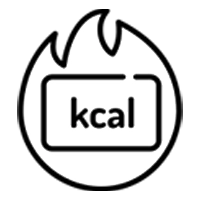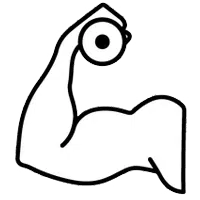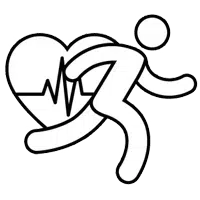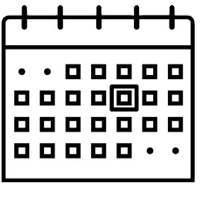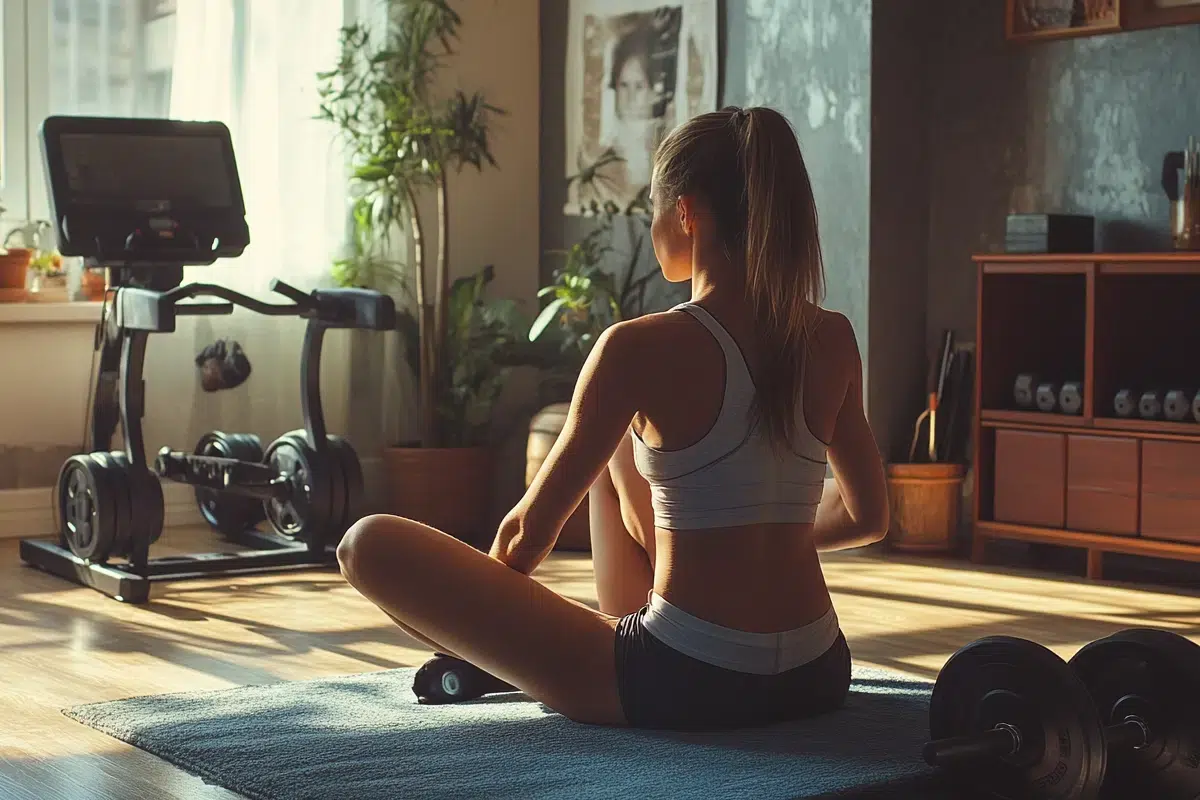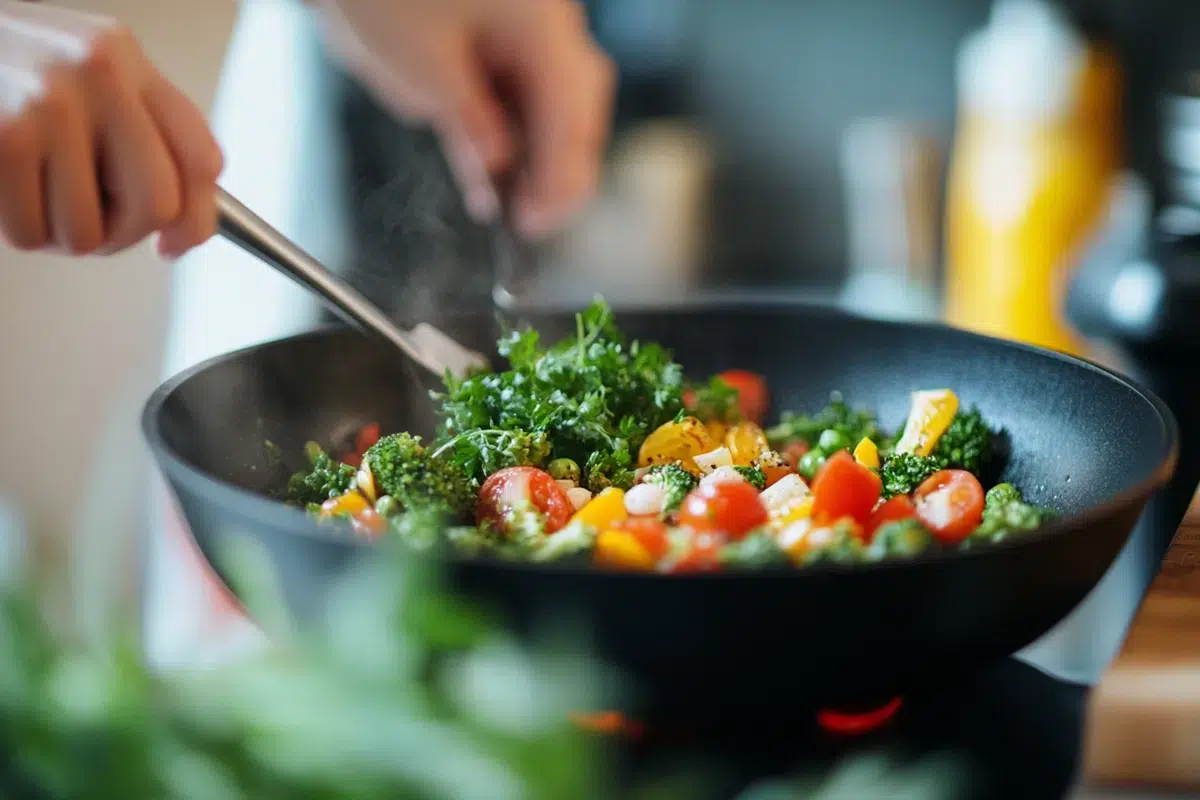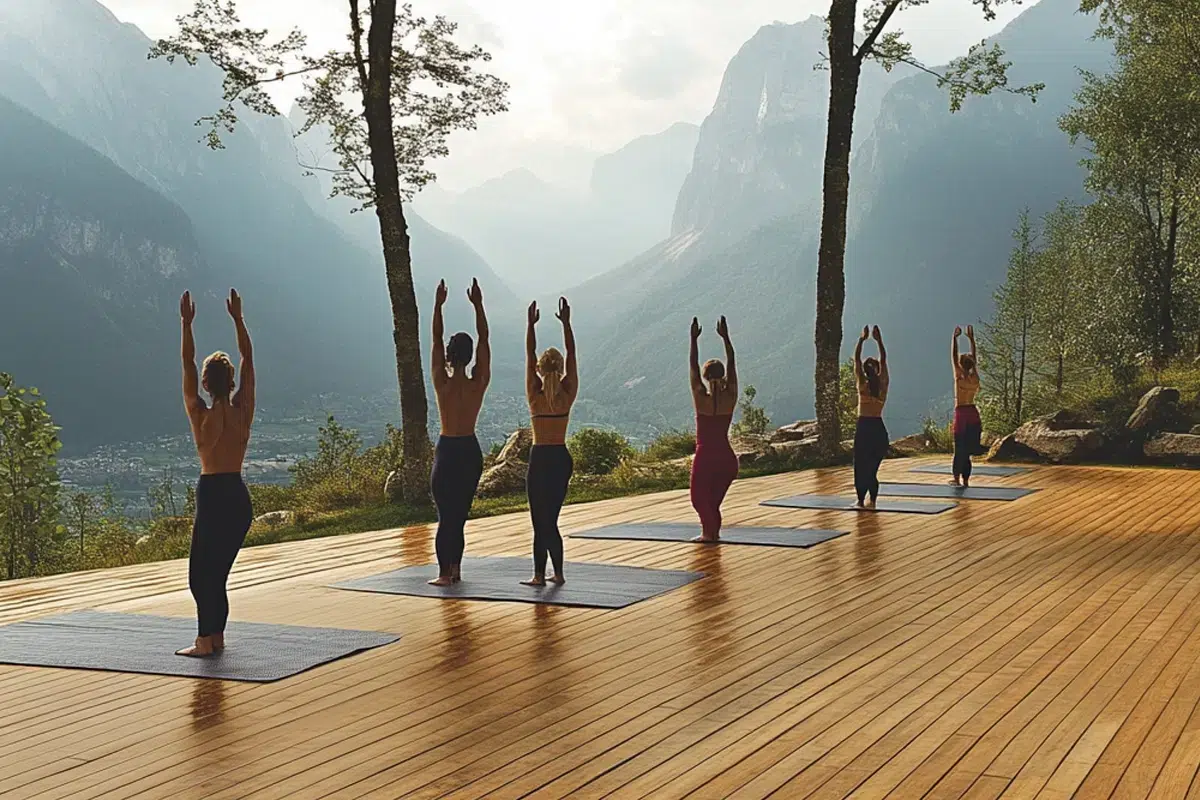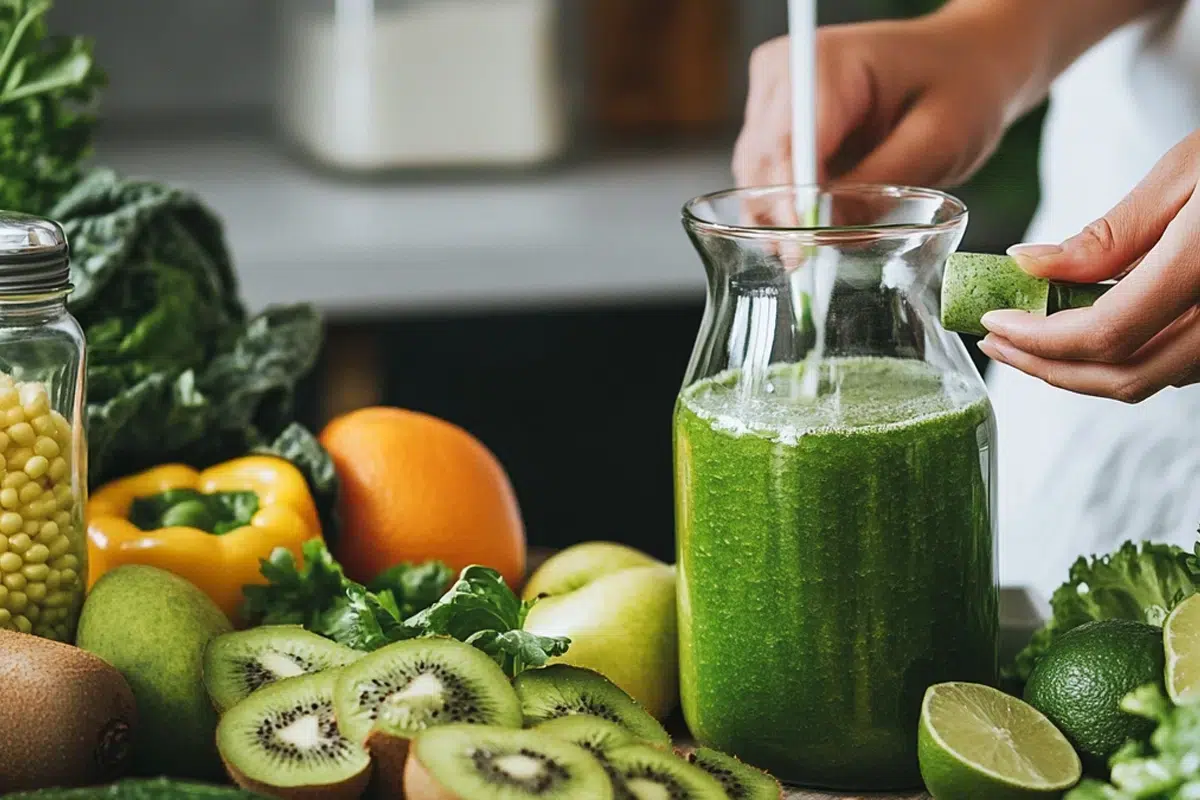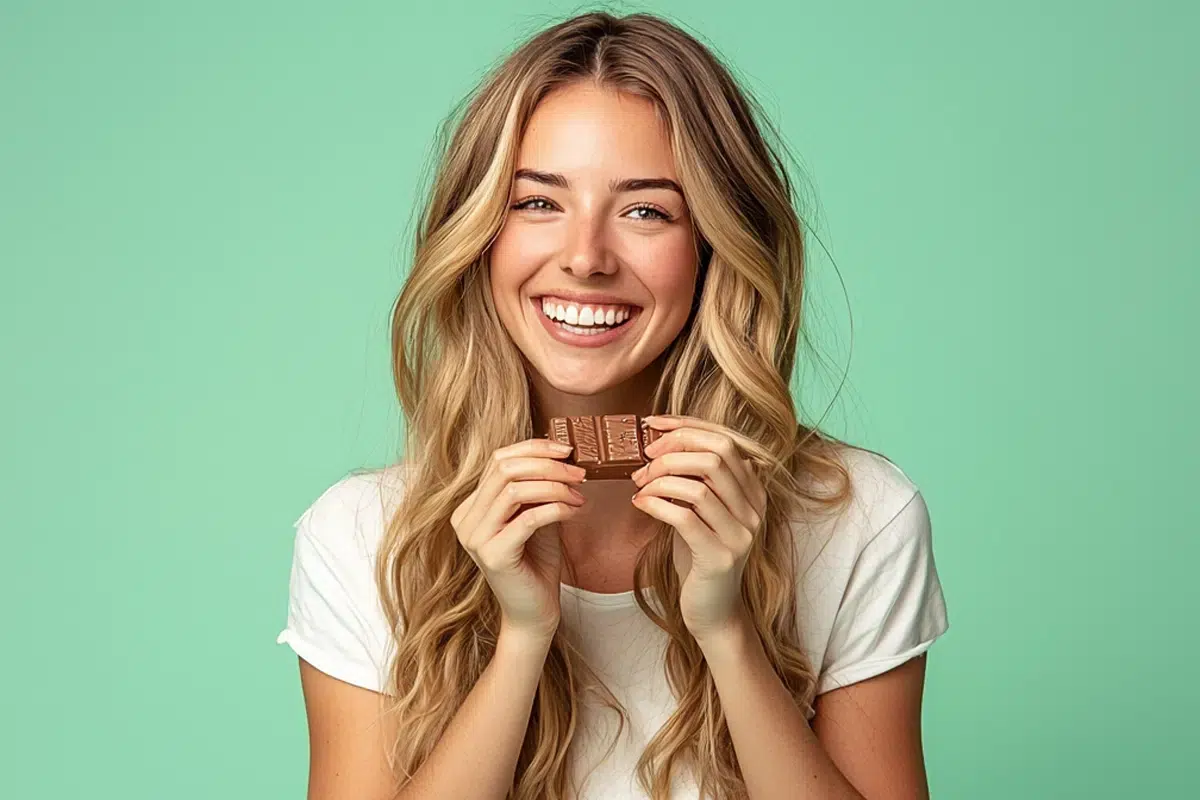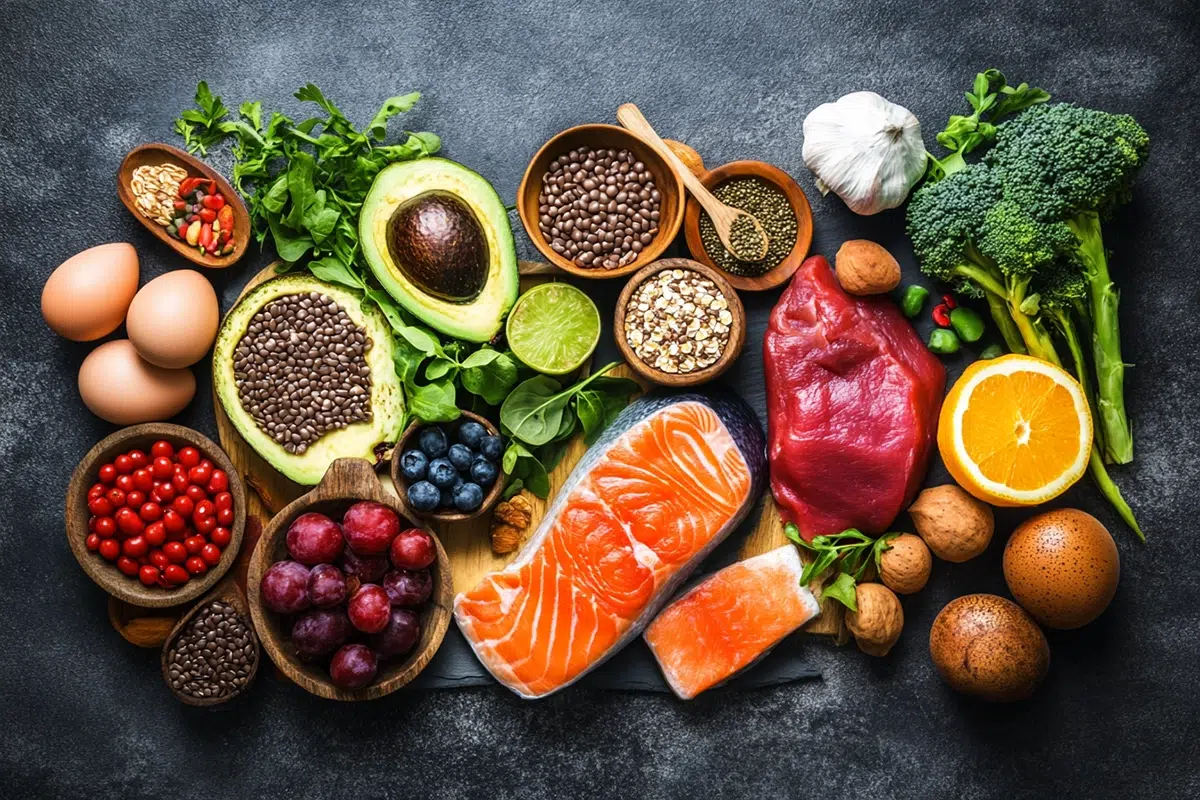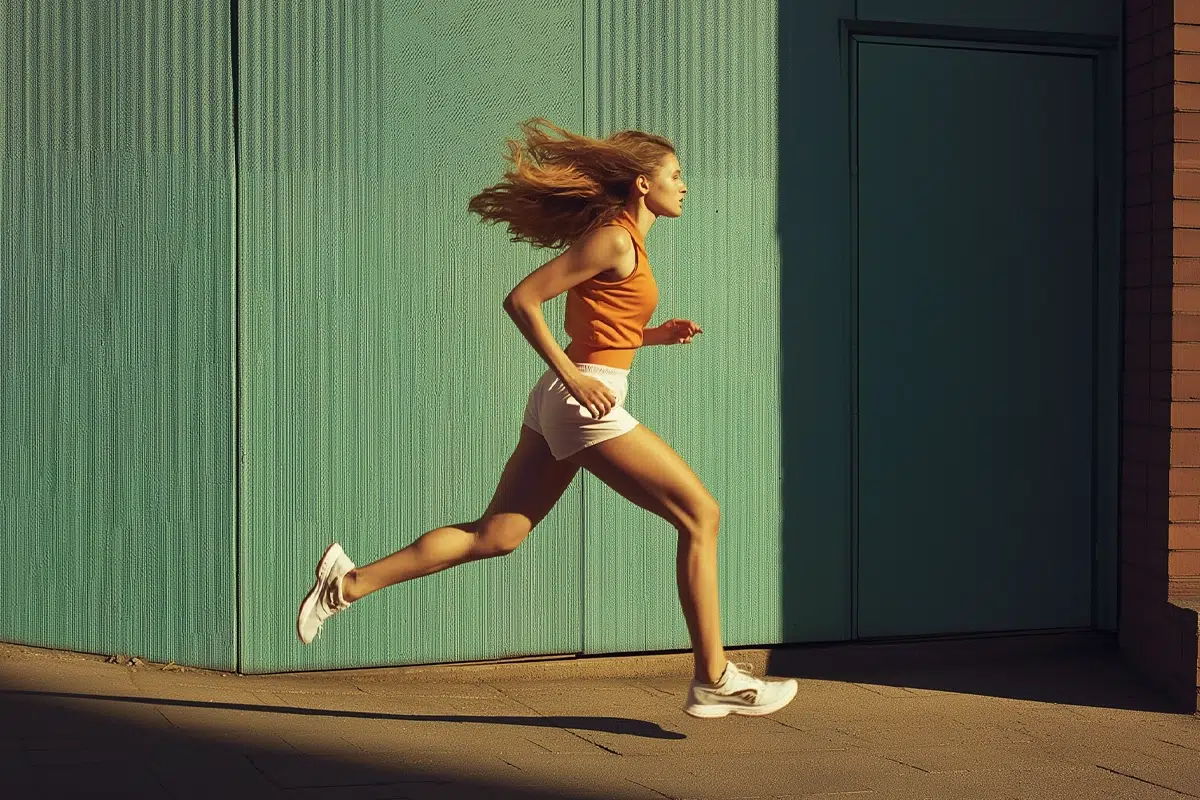Show summary Hide summary
Which muscle group are we activating when breaststrokeswimming?
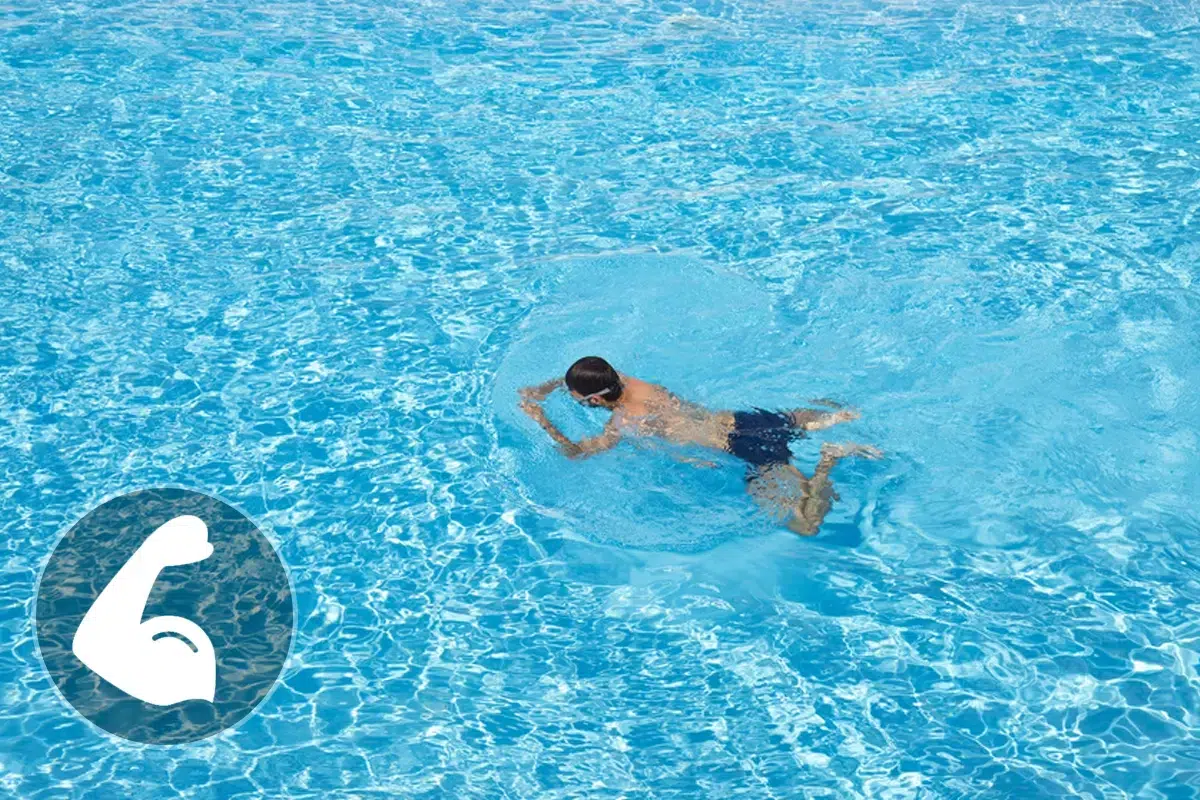
All you need to know about breaststroke
What muscles does breaststroke swimming work? What parts of the body are engaged and toned in breaststroke swimming? Use the tool below to see the list of all the body parts that are used when breaststroke swimming!
Swimming breaststroke for fitness and strength building
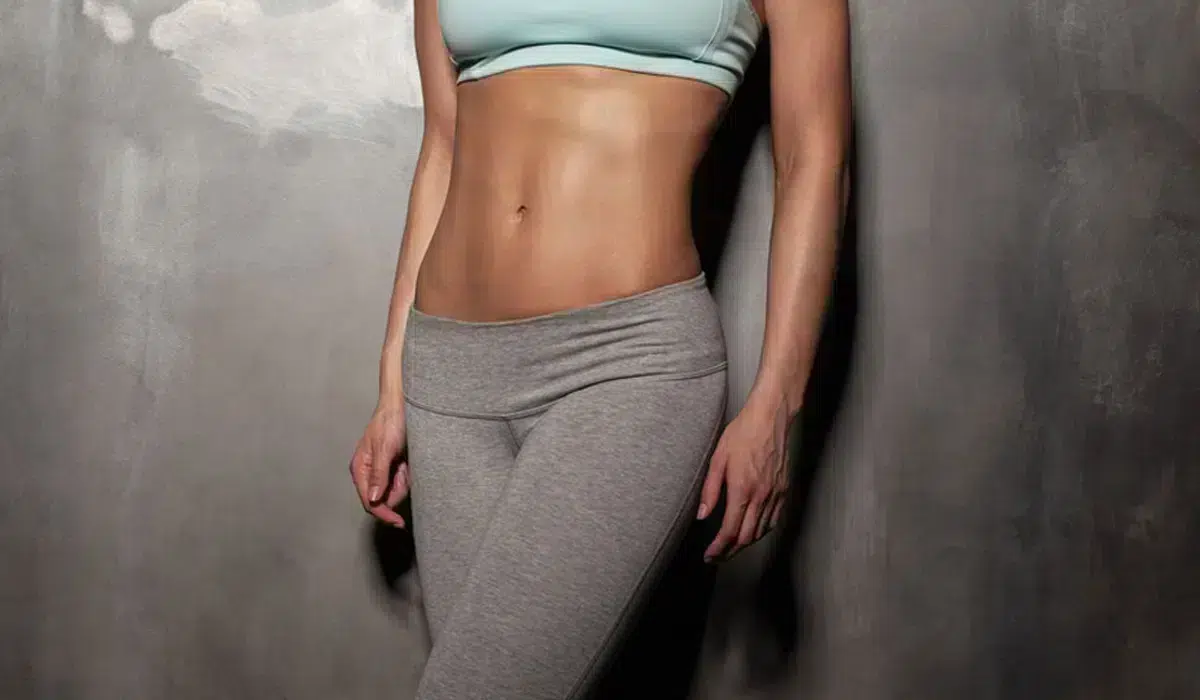
What muscles are we exercising when breaststroke swimming?
Depending on the sport practised, certain areas of the body will be used more than others, but what about when you swim breaststroke? Will you tone and refine your figure by swimming the breaststroke? Below is a list of the muscles and muscle groups strengthened and sculpted by breaststroke!
Upper limbs (shoulders, arms and forearms)
- Shoulder muscles: These are all the muscles that link the arm to the rest of the body. They include the muscles of the rotator cuff (subscapularis, infraspinatus, lesser ring, supraspinatus) and the trapezius, deltoid, grand dentle andangular muscles. These muscles provide mobility for the arms and shoulders (rotation, elevation).
- The biceps: These muscles are located on the front of the arm and are surrounded by two joints (scapulohumeral, elbow). The biceps comprise two muscles(long biceps and short biceps) which help flex and rotate the arms.
- The triceps : Located on the inside of the arm, they comprise three muscles (the vastus lateralis, the vastus medialis and the long head of the triceps) which complement the flexor role of the biceps brachii. The triceps allow the forearm to be extended.
Trunk and pelvis (Chest, stomach and back)
Breaststroke involves very little effort from the trunk.
Lower limbs (Buttocks, thighs and calves)
- The quadriceps: These are located at the front of the thigh. The quadriceps are each made up of 4 muscles (the vastus femoris or rectus femoris, the vastus lateralis, the vastus medialis and the vastus intermedius). These muscles facilitate flexion of the thigh on the hip and extension of the leg on the thigh.
- The hamstring muscles: Located on the back of the thigh, there are four of these muscles(biceps femoris, semitendinosus and semitendinosus). They ensure flexion of the leg and extension of the thigh.
- Calf muscles: Also known as the sural triceps, the calf muscles are made up of 3 muscle groups, including the soleus and the gastrocnemius. These muscles help the foot to extend down the leg
Breaststroke is a physical activity that helps to harmoniously sculpt the whole body. It muscles the legs, particularly the thighs (quadriceps, hamstrings), adductors and calves. This swimming technique also helps to strengthen the core (abs, pectorals, back and lumbar region). To a lesser extent, breaststroke helps tone the arms (biceps and triceps).
All you need to know about breaststroke
What muscles are used in different sports?
All sports in detail!






